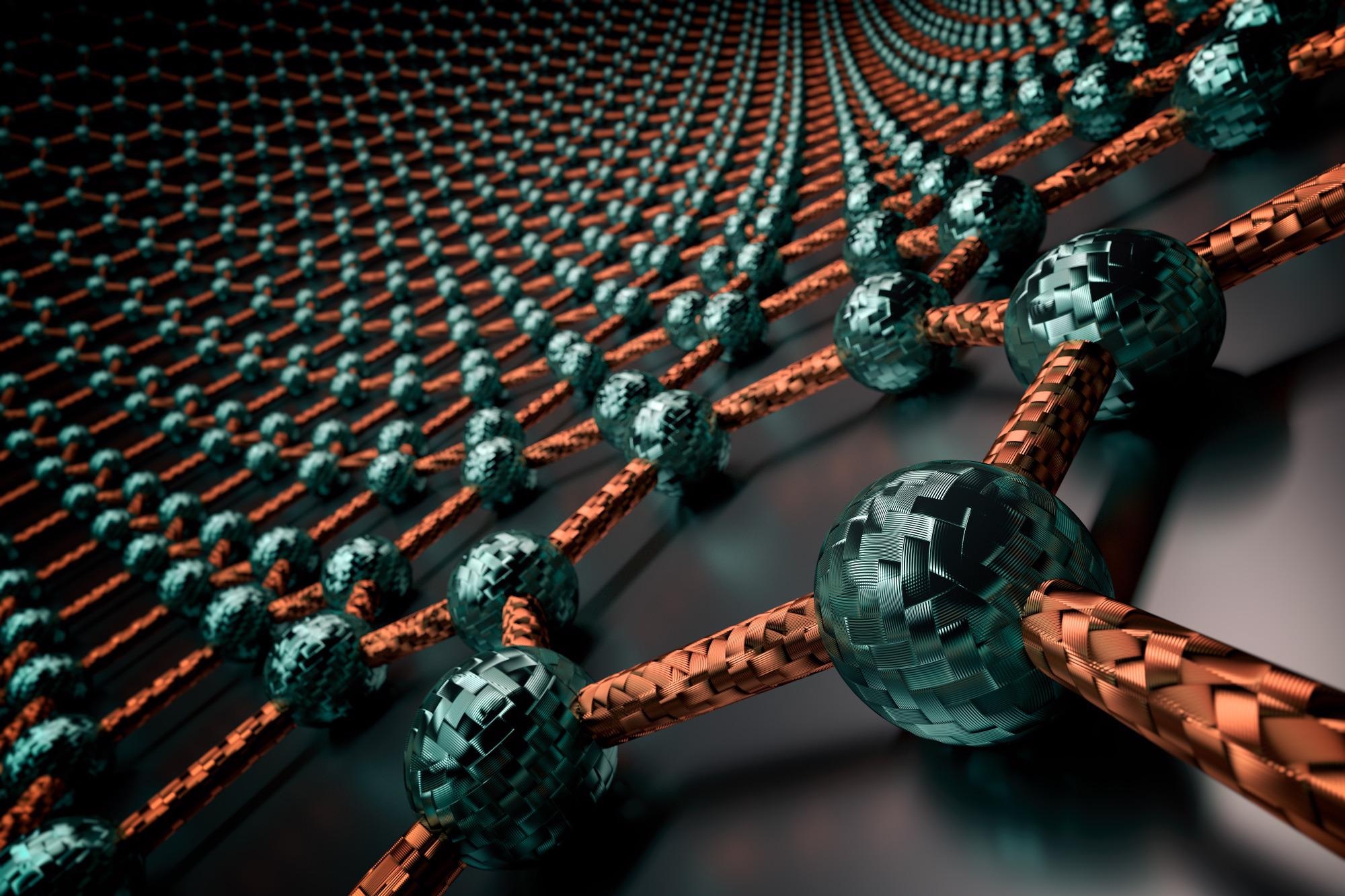
Image Credit: Shutterstock.com/ Forance
A new graphene-based sensor could speed up the detection of COVID-19, helping limit this global pandemic.
The COVID-19 crisis has changed the way we think about diseases and viruses and the approaches we use to tackle them. Combating this global pandemic requires multiple strategies and whilst many researchers focus on producing vaccines, others are developing improved testing methods to track, control, and contain the spread of COVID-19.
Engaging in this latter battle is the research team of Dipanjan Pan, associate professor in Bioengineering and Materials Science and Engineering and Institute of Sustainability in Energy and Environment in the University of Illinois. Pan and his team, including bioengineering graduate student Maha Alafeef, has developed a rapid, ultrasensitive test that can detect the presence of the virus in less than five minutes.
The test is built upon a graphene-based electrochemical sensor that utilizes the remarkable properties of these atom thin sheets of carbon.
Currently, we are experiencing a once-in-a-century life-changing event. We are responding to this global need from a holistic approach by developing multidisciplinary tools for early detection and diagnosis and treatment for SARS-CoV-2.
Maha Alafeef, Bioengineering Graduate Student, The University of Illinois
Their research is published in the latest edition of the journal ACS Nano¹.
A Quicker COVID-19 Test with a Graphene Basis
Of course, there are already COVID-19 tests on the market and many of us will have, by now, conducted one. But the team’s sensor has a very distinct advantage, it is much quicker.
Current COVID-19 tests tend to fit into one of two broad categories. The first type identifies COVID-19 RNA via a reverse transcriptase real-time polymerase chain reaction (RT-PCR) and nucleic acid hybridization, whilst the alternative method detects antibodies. Both of these kinds of tests come with a major drawback; the results take time to be delivered — with the latter test sometimes taking up to a few weeks to give a result.
Pan’s team adopted this graphene-based platform to create a biosensor tailored specifically to the detection of COVID-19. Their device is remarkably simple, consisting of two main components made from gold and graphene — both of which provide high-sensitivity thanks to the conductivity of both materials.
Thanks to its unique mechanical and electrochemical properties graphene could be the key to a biosensor that is cheap to manufacture whilst also providing rapid virus detection.
First, the team builds a conductive-film platform constructed by taking a layer of graphene nanoplatelets and wrapping it in filter paper. Atop this is placed a gold electrode that serves as a contact pad for an electrical readout.
The sensor screens for the N-gene (nucleocapsid phosphoprotein) on the SARS-CoV-2 virus by targeting two regions on the molecule. This makes it more reliable than the current RNA tests that also look for this gene, as its double-action means that if one region has undergone mutation it can still hone in on the other.
In addition to this, the virus can also be spotted thanks to its RNA which can be located by the sensor’s gold nanoparticles (AuNP), capped with single-stranded nucleic acids (ssDNA). When the viral RNA encounters these nanoparticles it hybridizes and causes a change in the sensor’s electrical response. Electron transfer is accelerated by the AuNP caps and this is ‘broadcasted’ via the sensing platform boosting the output signal and indicating the virus is present.
The net result of all this is a fast and ultra-sensitive COVID-19 test.
Building a Better Virus Testing Device
The sensing device was tested by the team with positive and negative samples, demonstrating a significant increase in voltage when COVID-19 was present. The detection of viral genetic material occurred in under 5 minutes.
The test was also able to differentiate between different viral loads — the amount of virus in an infected person’s blood — which serves as an indicator of the progress of infection and a great help in determine both the severity of the case and the required intervention. This is a skill that the team’s sensor possesses that other currently available testing methods can’t replicate well.
The applications of the device are incredibly wide-ranging with the research team suggesting that it could be integrated with LED screens or even connected to smartphones via Bluetooth or WiFi. Coupled with its portability and relatively low production cost, this means that the test could be deployed widely in doctor’s offices and hospitals, or even in the home.
And the team sees the application of their sensor extending beyond the end of this global crisis as they believe it can be adapted to tackle other diseases and viruses.
The unlimited potential of bioengineering has always sparked my utmost interest with its innovative translational applications. I am happy to see my research project has an impact on solving a real-world problem.
Maha Alafeef, Bioengineering Graduate Student, The University of Illinois
References
¹ Alafeef. M., Dighe. K., Moitra. P., Pan. D., [2020], ‘Rapid, Ultrasensitive, and Quantitative Detection of SARS-CoV-2 Using Antisense Oligonucleotides Directed Electrochemical Biosensor Chip,’ ACS Nano, [https://doi.org/10.1021/acsnano.0c06392]
Disclaimer: The views expressed here are those of the author expressed in their private capacity and do not necessarily represent the views of AZoM.com Limited T/A AZoNetwork the owner and operator of this website. This disclaimer forms part of the Terms and conditions of use of this website.